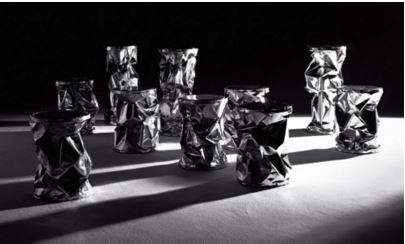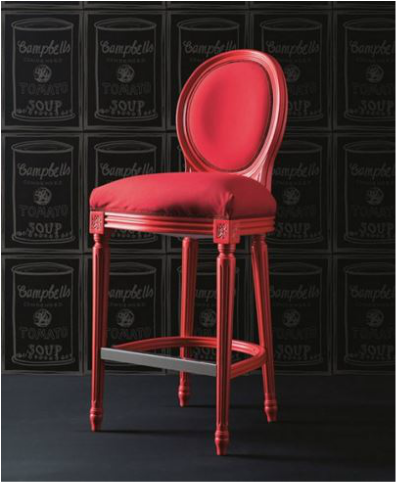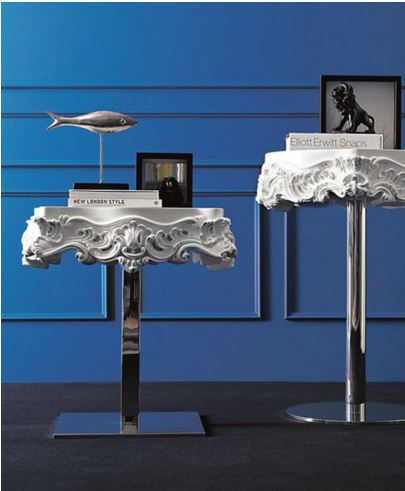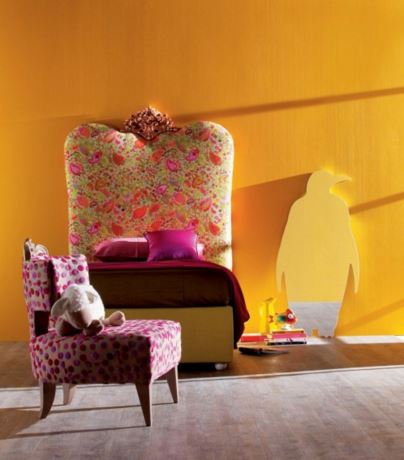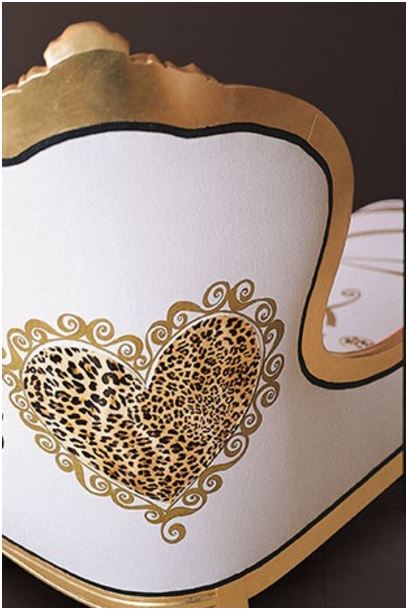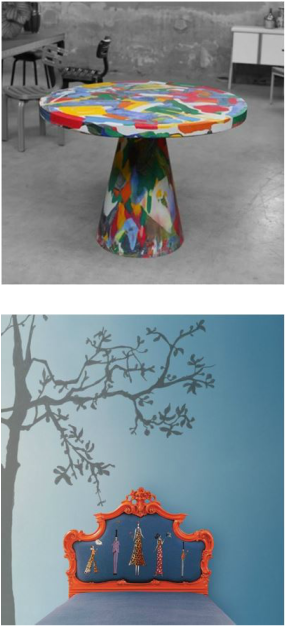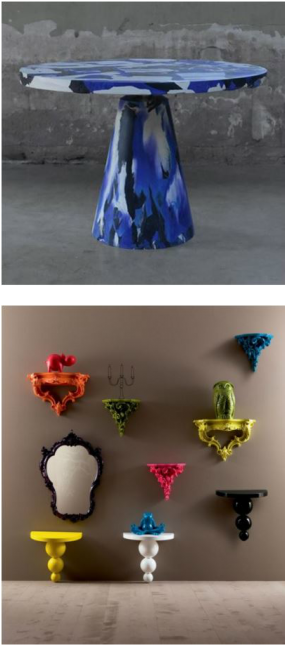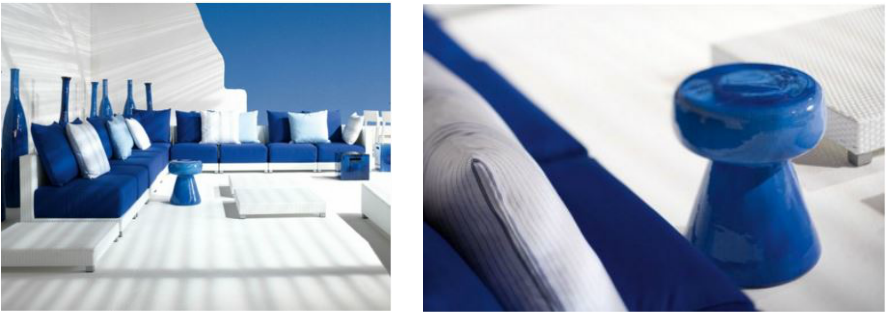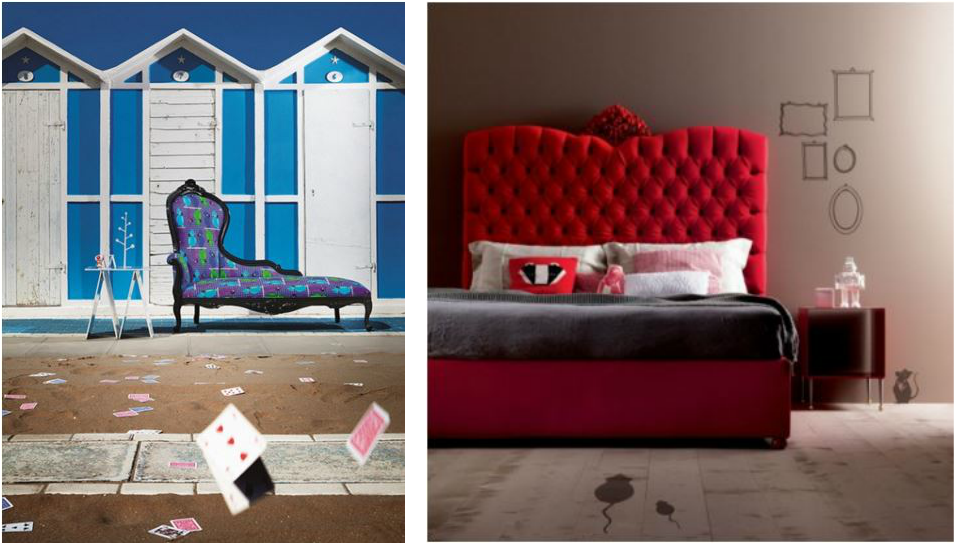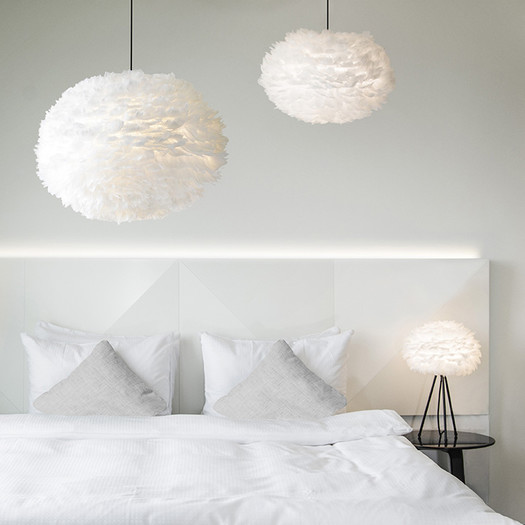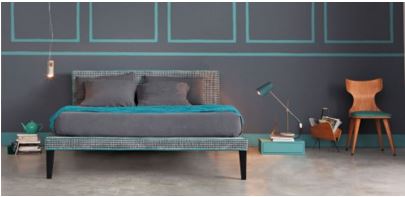|
Contemporary style encompasses a range of styles developed in the latter half of the 20th century. Pieces feature softened and rounded lines as opposed to the stark lines seen in modern design. Interiors contain neutral elements and bold color, and they focus on the basics of line, shape and form.
|
|
You'll often hear the terms "contemporary" and "modern" tossed about interchangeably, but they're not exactly the same thing. Modern refers to a specific design movement that arose in the early 20th century and follows stricter guidelines; contemporary, by definition, is more fluid and tolerates a bit of rule-breaking. (Keep an eye out for a guide to modern style in the near future.)
|
Furniture
Pieces feature clean lines and smooth surfaces without any carving or adornment. Silhouettes are slim without being dainty. Furniture is made of light-colored woods such as maple and birch (which also have minimal graining), frosted or clear glass, stainless steel, nickel and chrome.
Pieces feature clean lines and smooth surfaces without any carving or adornment. Silhouettes are slim without being dainty. Furniture is made of light-colored woods such as maple and birch (which also have minimal graining), frosted or clear glass, stainless steel, nickel and chrome.
Fabrics
Natural fabrics such as silk, wool, linen and cotton are used for their textural aspect and inherent neutral hues. However, bold color or geometric pattern may be brought into the design with pillows, a rug or a throw.
Natural fabrics such as silk, wool, linen and cotton are used for their textural aspect and inherent neutral hues. However, bold color or geometric pattern may be brought into the design with pillows, a rug or a throw.
Why it works: A strong emphasis on line and form — two essentials of good design — gives contemporary style its energy. These rooms are designed with abundant open space and natural light in mind, which makes them feel airy and expansive. Because there isn't any clutter, every piece has to count.
